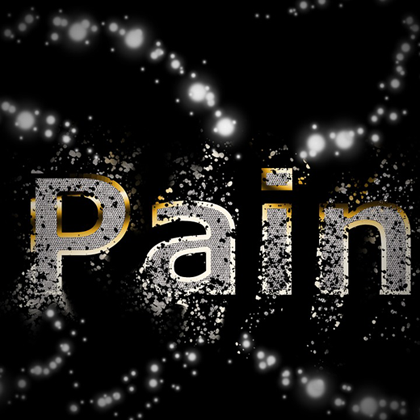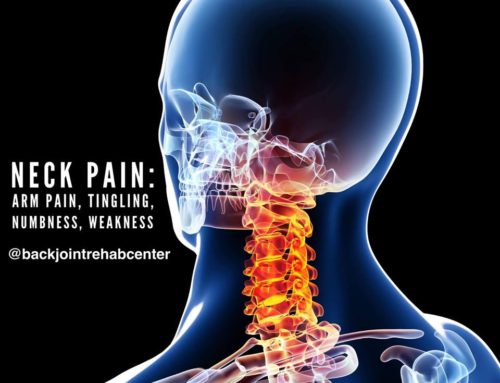Part 2
In the 2nd part of the 5 part series, we discuss pivotal pieces of information that your doctor fails to mention to you regarding low back pain. It is in no fault that they fail to mention this information, but rather a sense of trying to simplify a complex problem. Our goal is to educate patients with low back pain.
We believe treatment and education go hand in hand when treating patients with low back pain. Education of low back conditions is important because it reduces fear, apprehension, and restores the willingness to get better because patients understand the stage of the condition. Realistic expectations are important because it provides a timeline of when they should feel better and what responses they should feel with activities.
There is a history with every patient and there are characteristics with every condition. Being able to identify these characteristics and match them with the patient history is important in being able to classify the pain mechanism of the low back condition. When these characteristics become more reproducible, the response is more reliable. Therefore, treatment and a timeline can easily be identified.
In our first part, we mentioned how extremely common it is to have a disc bulge, protrusion, herniation, or related disc problem.
Click to Read Part 1 Disc Bulge, Protrusions, Herniation(s) are Extremely Common
-
Not all Lumbar Disc Bulges, Protrusions, Herniation(s) Require Surgery
In fact, most lumbar disc problems can be treated with conservative treatments such as physical rehab, chiropractic, and exercise. There are many routes to conservative treatment, the most successful treatment plans are those that identify the pain mechanism of the low back disorder.
Back surgery has a higher than expected failure rate for numerous reason, one being the most evident; it was the not the correct treatment. As a result, patients are just as miserable as or even worse than prior to the surgery. An analysis of Washington State Hospital found that two years after their first surgery, approximately 8% of patients had another surgery; by 10 years, the rate increased to 20%.
This is why it is crucial to have a thorough understanding of the examination – to understand and classify the pain mechanism of your problem. Imaging such as X-rays and MRI scans provide information, but are only helpful if your doctor has a good reason to expect a specific problem to be revealed on the scan. To investigate and not have an idea as to what to expect will lead you to ineffective treatment.
This reflects current research studies demonstrating that there are more “abnormal findings” on images and scans in a routine basis, and have nothing to do with why the patient has pain. To say the very least, your doctor may be misled by your “abnormal findings” on MRI or X-ray and think that the source of your problem is because of such findings.
The most common back surgery has been discectomies which is removal of the herniated part of the disc, but spinal fusions have been increasing — from 150,000 in 1993 to 350,754 in 2007. The controversy over their use has been ongoing and continues to baffle physicians as to why their patients are still in pain.
The takeaway message here is simple, if you are advised to get surgery— ALWAYS get a second opinion and utilize ALL of your conservative resources.
A Couple Pieces of Advice Regarding Surgery:
- Get a Second Opinion – ALWAYS
- Start from Scratch – Don’t tell them what was recommended just yet; let a fresh examination and doctor interpret the situation –then, tell them what you were recommended. Learn about the options you are given.
- Cross Disciplines – There are non-surgical specialists. Get an opinion. If you have already exhausted several different conservative therapists (physical therapists, chiropractors, etc.) knowing that exercise and non- surgical options have not helped, then this could lead to a surgery. Very often, patients have not given other strategies a thorough trial. Do your due diligence.
- Get Offline – Google can’t help you with your specific situation; Dr. Google is broad information that can lead to system overload for many patients.
- Third Opinion – if you have a wild second opinion that completely goes against the first recommendation, get a third opinion. Once you get surgery, you cannot un-do the surgery. Surgeries are long life commitments with the effects, positive or negative, included.
If you have been diagnosed with a disc bulge, protrusion, herniation, or problem related to the low back, call now. We can help.
We are dedicated to get you better through movement.
FOR APPOINTMENTS, CALL (219) 310-8822
Dr. Artemio Del Real DC, Cert. MDT. October 2016
- Toni Gerber Hope and Susan Ince. The Truth about Back Surgery. OCT 14, 2009. Charles Rosen, M.D., clinical professor of orthopedic surgery at the University of California. http://www.orthopaedicsurgery.uci.edu/pdf/rosengoodhousekeeping.pdf






